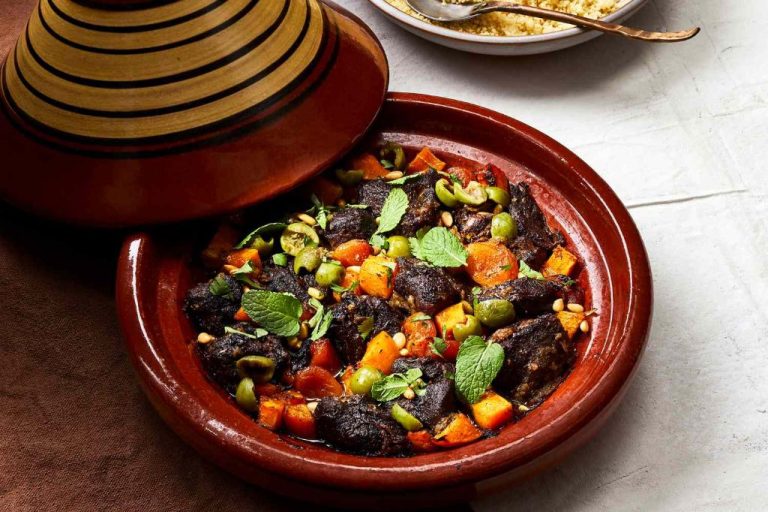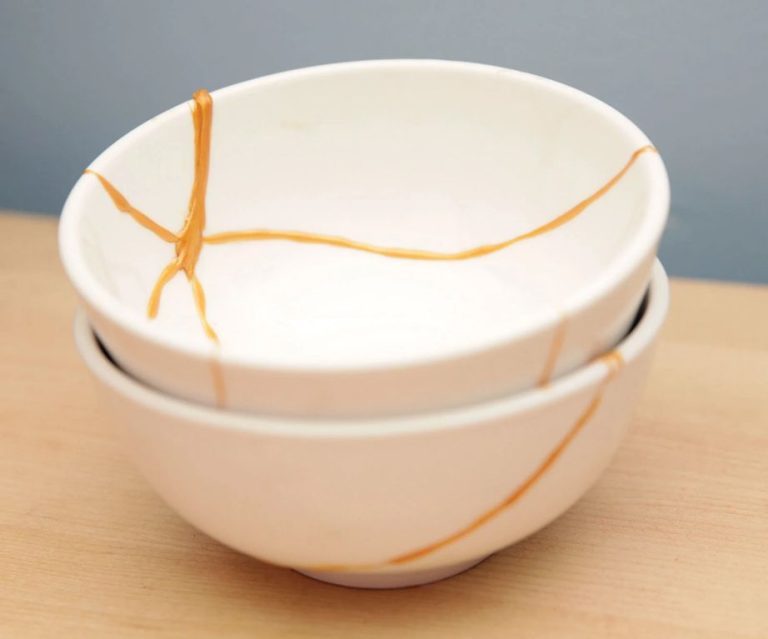Which Material Is Good For Buddha Statue?
Buddha statues hold great significance in Buddhist culture and religion. They are symbolic representations of the Buddha’s teachings and values. Buddha statues come in many forms, shapes, poses and materials but serve the purpose of reminding followers of the Buddhist philosophy of enlightenment, compassion and inner peace.
Buddha statues can be found in temples, monasteries, homes and public spaces across many Asian countries where Buddhism is widely practiced. They range greatly in size from giant statues to small figurines but often share common features like the serene facial expression and meditative posture of the Buddha. The material used to make Buddha statues is an important consideration and can affect their longevity, value and symbolic meaning.
This article explores the most common and ideal materials used for crafting Buddha statues, looking at their unique properties, cultural significance and suitability for different settings. The symbolic and aesthetic value of various natural materials sheds light on why particular ones lend themselves well to representing the essence of the Buddha in statue form.
Bronze
Bronze is by far the most common material used for creating Buddha statues. The copper alloy has been used for casting sculptures for thousands of years across many ancient civilizations. Bronze is highly durable, affordable, and has a brilliant metallic shine that makes it ideal for crafting detailed religious icons and statues.
The lost-wax casting method allows artisans to produce intricate Buddha statues in bronze. An original wax model is formed by hand, then coated in clay to create a mold. The wax melts away when the mold is heated, leaving an empty space to pour in molten bronze. The final bronze sculpture is a near-perfect replica of the original wax model.
Vintage bronze Buddha statues from the Ming dynasty and earlier have a lovely patina that develops over centuries. Modern mass-produced bronze Buddha statues have an artificial patina painted on to simulate age. Verdigris or oxidized copper finishes are also common for bronze Buddha statues.
Bronze is traditionally the material of choice for large outdoor Buddha statues that grace temples, gardens, and other public spaces. It can withstand the elements, requires little maintenance, and conveys timeless reverence.
Wood
Wood has been used traditionally in many parts of Asia to craft Buddha statues. Some of the most common woods used include sandalwood, rosewood, teak, and ebony. Wood has some notable advantages and disadvantages as a material for Buddha statues:
Advantages:
- Lightweight and easy to move around
- Warm and inviting texture
- Can be intricately carved
- Lower cost than metals or stone
Disadvantages:
- Susceptible to cracking over time
- Vulnerable to insect damage
- Requires more maintenance and polishing
- Less durable than metal or stone
Overall, wood can be an excellent material for Buddha statues, especially for use in home shrines or as travel altars. The natural beauty of the wood grain and the accessibility of wooden statues make them a popular choice. But care must be taken to properly seal, polish, and protect wooden statues to maximize their lifespan.
Stone
Stone is one of the most popular and traditional materials used for making Buddha statues. Statues carved out of stone are known for their durability, longevity and classic aesthetic. Some of the most common types of stone used for Buddha statues include:
Granite – Granite is an igneous rock made up of quartz, feldspar and mica. It comes in a variety of colors from light to dark gray. Granite is an extremely hard and durable material, making it ideal for carving intricate Buddha statues. The hardness of granite allows details to be finely sculpted and last for centuries.
Marble – Marble is a metamorphic rock prized for its beautiful veining patterns and white color. However, marble Buddha statues come in an array of colors depending on mineral impurities. Marble is slightly softer than granite, so it may not hold fine details as sharply. But it polishes to a smooth, attractive sheen.
Jade – Jade refers to two different silicate minerals, jadeite and nephrite. The green color is highly prized in Asian cultures. Jade is famously tough and durable. And although it is difficult to carve, jade can be sculpted into flowing, organically-shaped Buddha statues.
Clay
Terracotta, a type of earthenware clay, has been used for centuries to create Buddha statues. Terracotta is an affordable, accessible, and malleable material that lends itself well to sculpting the gentle features of the Buddha. Terracotta clay can be shaped when wet, allowed to dry, and then fired at high temperatures to harden and stabilize the material. The firing process chemically transforms the clay, changing its color and making it more durable and water resistant.
Terracotta clay has an earthy, organic aesthetic that gives Buddha statues a warm, grounded appearance. The natural reddish-orange or brownish hue resembles the rich soils of the earth. Terracotta is also a porous material that can be left unglazed or finished with colorful glazes for decorative effects. From humble folk art to ornate temple statues, terracotta has served artisans through the ages as an accessible medium for Buddhist iconography.
The porousness and malleability of terracotta does have some downsides when used for Buddha statues. Terracotta can be fragile and prone to chipping, cracking, or weathering when exposed to the elements. Proper sealing and limited outdoor display are advised. With care, however, a terracotta Buddha statue can last for many years as an embodiment of earthy spiritual artistry.
Resin
Resin is a popular material for making Buddha statues due to its durability and relatively low cost. Resin statues are made by mixing liquid polyurethane resin with fillers and pigments. The resin is poured into a mold and allowed to cure, creating a durable Buddha statue.
Resin Buddha statues are resistant to chipping and weathering, unlike statues made of plaster or clay. The cured resin is quite hard and maintains its shape well over time. Resin also allows for intricate detailing and coloring within the mold, creating beautiful Buddha statues.
Compared to metals like bronze, resin Buddha statues are quite affordable. A 6-inch resin Buddha statue may cost $15-30, versus over $100 for a bronze one. Large resin statues can still be expensive, but remain cheaper than metal options. This makes resin accessible for buyers on a budget.
The main downside of resin is that it lacks the prestige and value of bronze or stone statues. Resin may be perceived as an inferior material, even though its durability is excellent. Additionally, cheap resin statues may have an artificial look compared to natural materials. Care must be taken to ensure high quality resin casting.
Overall, resin allows for detailed, long-lasting, and reasonably priced Buddha statues. For indoor use especially, resin is an ideal material that provides an excellent balance of aesthetics, durability and affordability.
Gold
Gold is one of the most prized materials for Buddha statues due to its rarity and symbolic meaning. Gold signifies the purity of Buddha’s teachings and the preciousness of enlightenment. The precious metal evokes the luminous and divine qualities associated with the Buddha.
Gold Buddha statues first emerged between the 4th and 8th century CE during the Gupta period in India. The earliest known gold Buddha statue is from the 5th century and was discovered in Greco-Buddhist Gandhara (modern day Pakistan).
Gold statues are extremely rare and valuable. Most antique gold Buddha statues were lost over the centuries due to looting, war, and being melted down for the precious metal. Today, few early gold Buddha statues remain in museums and private collections.
New gold Buddha statues are still crafted, often as a symbol of prosperity and spiritual richness. However, most modern gold Buddha statues have a core of brass or other metals plated with a thin layer of gold. Solid gold statues are costly and rare.
Gold represents the pinnacle for Buddha statue materials. It symbolizes the enlightened state and its precious, luminous qualities. For Buddhist practitioners, gold evokes the purity, rarity, and preciousness of Buddha’s teachings.
Crystal
Crystals like quartz and amethyst have become popular materials for Buddha statues due to their beautiful colors and ability to represent qualities like clarity and wisdom. The most common type of crystal used is quartz. Quartz comes in a variety of colors, though rose quartz and clear quartz are most prevalent. Rose quartz emits a gentle, loving energy and is associated with qualities of compassion and peace. Clear quartz represents clarity, focus, and purity.
Another popular crystal is amethyst, which ranges from light lavender to deep purple. Amethyst is considered a spiritual stone, associated with wisdom, intuition, and tranquility. It is thought to help promote peace, stability, and courage. Other crystals sometimes used include citrine for prosperity, green fluorite for healing, and blue apatite for openness. The vibrant colors and crystalline structure of these stones reflect divine light in a unique way.
Crystal Buddha statues stand out with their dazzling translucence and ability to refract light. The crystals emanate a soothing, spiritual energy conducive to meditation. However, crystal statues are more fragile than metal or stone statues and require careful handling. Over time, the energetic qualities of crystals may fade, requiring cleansing to maintain their vibrancy. With proper care, a crystal Buddha statue can serve as a focusing tool for developing inner peace and awareness.
Silver
Silver is an affordable and commonly used material for Buddha statues. It has a beautiful sheen and reflective surface that gives it an elegant appearance. Silver is also a relatively soft metal, so Buddha statues made of silver tend to have finely detailed features and designs.
One downside of silver is that it tarnishes over time when exposed to moisture and air. Regular polishing is required to maintain the shine and luster of silver buddhas. Polishing cloths or silver cleaning solutions are effective for removing tarnish quickly and easily. It’s best to keep silver statues in a display case or covered when not being actively enjoyed to minimize exposure to open air.
With proper care and cleaning, silver Buddha statues can last a lifetime while providing beauty and inspiration. The softness of the metal does mean silver is prone to dents and scratches if handled roughly or knocked over. But overall, silver offers an affordable material that results in finely crafted and elegant Buddha statues for personal spaces or spiritual spaces.
Conclusion
In conclusion, there are many suitable materials that can be used to create Buddha statues. Some of the most common and ideal materials include bronze, wood, stone, clay, resin, gold, crystal and silver. Each material has its own unique properties that lend themselves well to Buddhist statue making.
Bronze is one of the most popular materials due to its durability, ability to hold fine details, metallic shine and resistance to weathering. Wood is also commonly used for its warm, natural aesthetic and carvability. Stone and clay are traditional materials that have been used for centuries to craft Buddha statues because they can be formed into smooth, serene-looking sculptures.
Resin allows for colorization and intricate detailing, while gold and silver lend a sense of preciousness and value to Buddha figures. Crystal and gemstone materials provide a feeling of spiritual energy. Ultimately, the choice depends on factors like cost, availability, artistic preferences and significance of the material. With skill and care, Buddha statues can be beautifully brought to life in any of these materials.




